Finding a safe way to guide Japanese when they go outside during pandemic
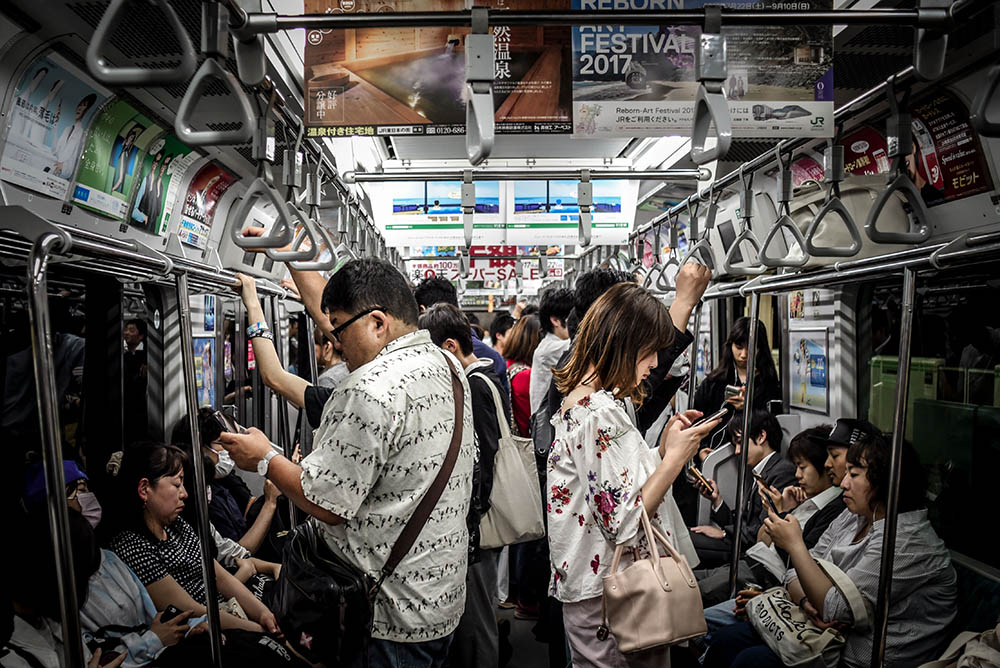
Amid the Covid-19 pandemic, people in Japan still need to commute everyday. Covid-19 is highly contagious so even our mundane actions like touching ticket machines, money, or strap handles in trains could get us infected with this deadly virus.
My team and I worked on a project for developing a service blueprint to support people about what they can and can’t touch to avoid potentially contaminated objects. My role in the team was UX research, UX strategy, and UX design and throughout the whole process we tried to make use of each other's strength. As a result, we delivered UX Assets to help companies and non-profit organizations to better understand their target user's behavior at a glance.
● Using LINE app to provide a message alert
We believe that by providing a message alert embedded in a widely used messenger app, our persona can easily access location-based information about the virus without installing additional software. By doing so, we will help him stay healthy and avoid contact with the virus throughout his work day and his commute.
We created a service blueprint for the Japanese Government and Japanese health officials to create or implement a COVID-19 warning notification system in the LINE Messenger Platform in order to keep Japanese office workers safe as they continue to attend the workplace during the covid-19 pandemic.
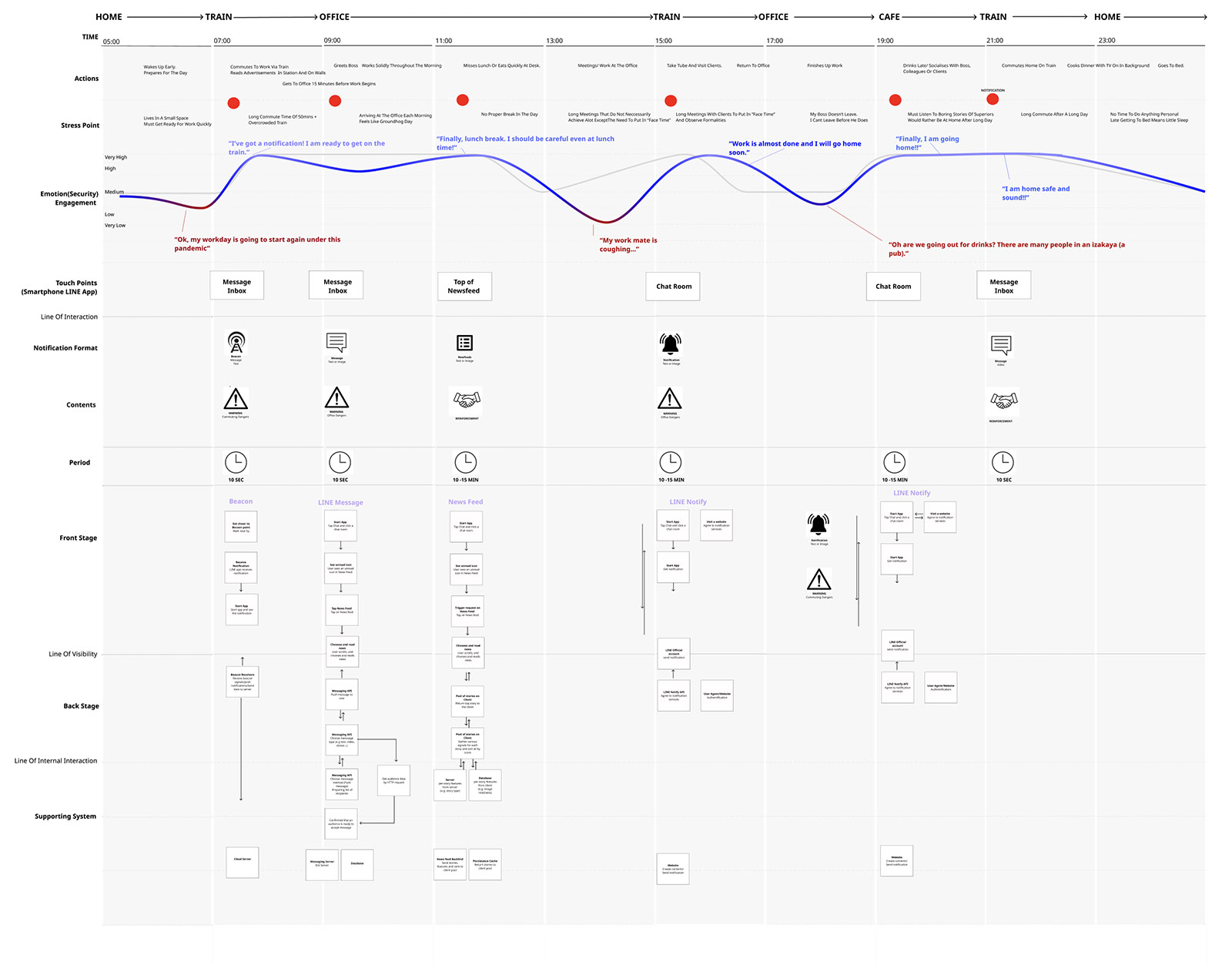
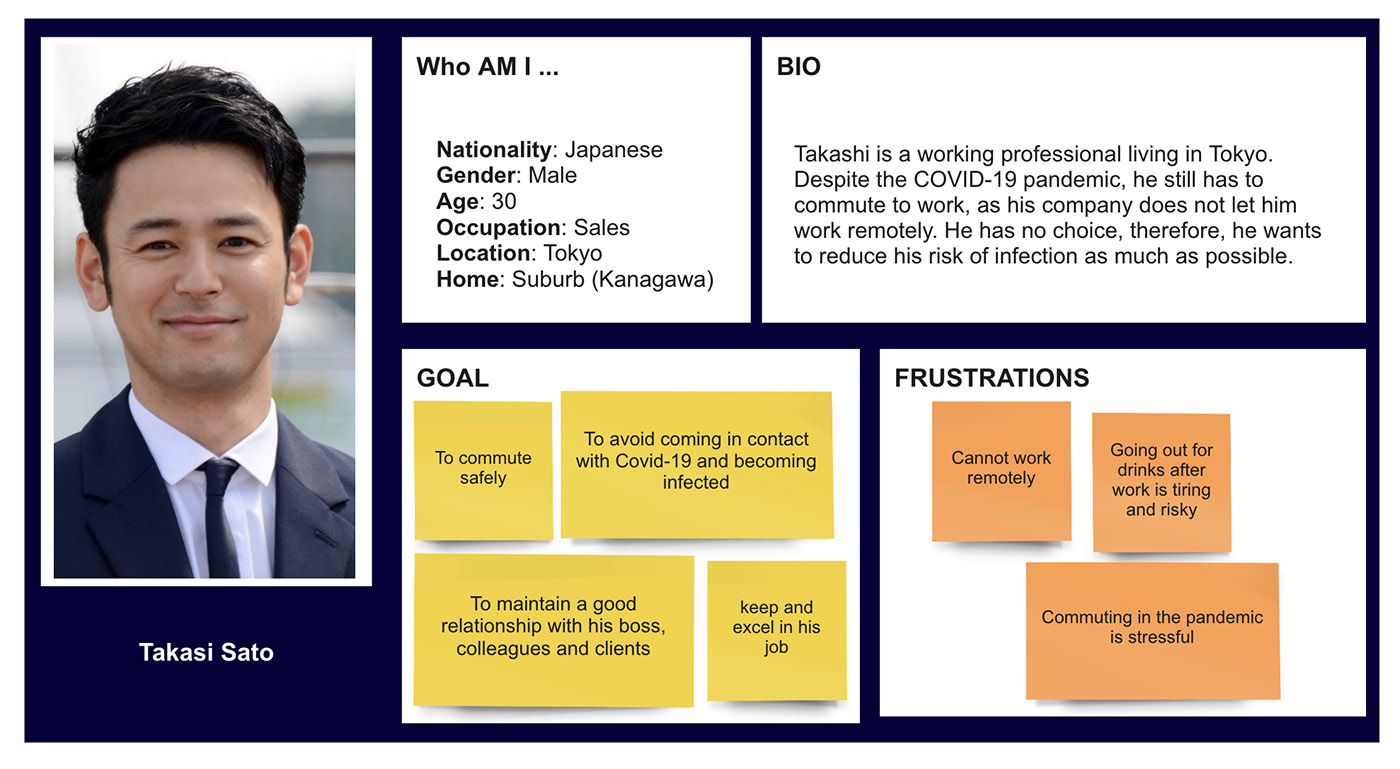
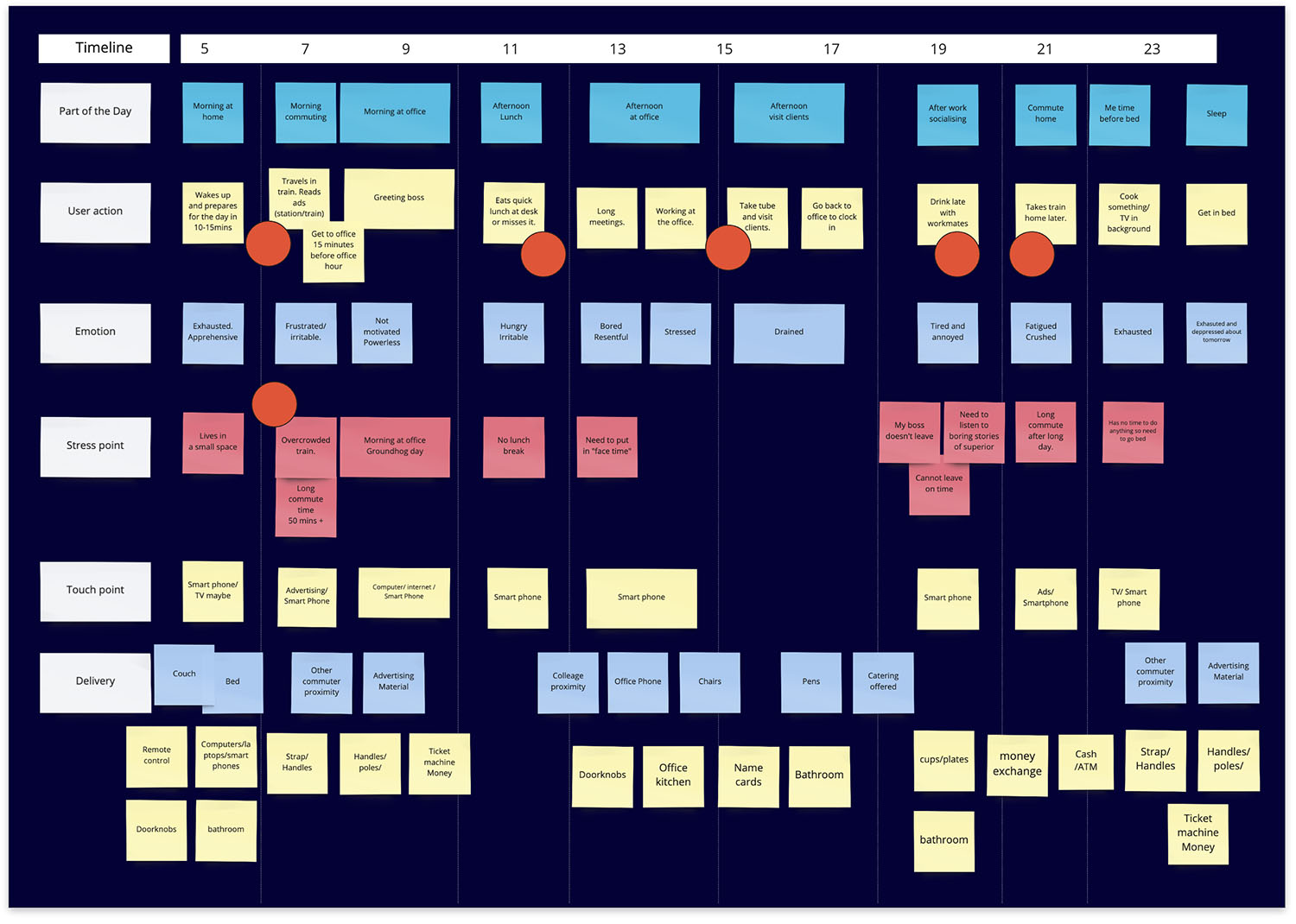
Following the user research, we came up with more than 10 off-the-wall ideas (remotely), including adding an AR function to an existing mapping application, QR code marketing on tissue packs handed out at stations or a mobile quiz app for gamification with various research on it. After conducting dot voting, we decided on a collaboration with LINE to integrate our solution in an existing popular app.
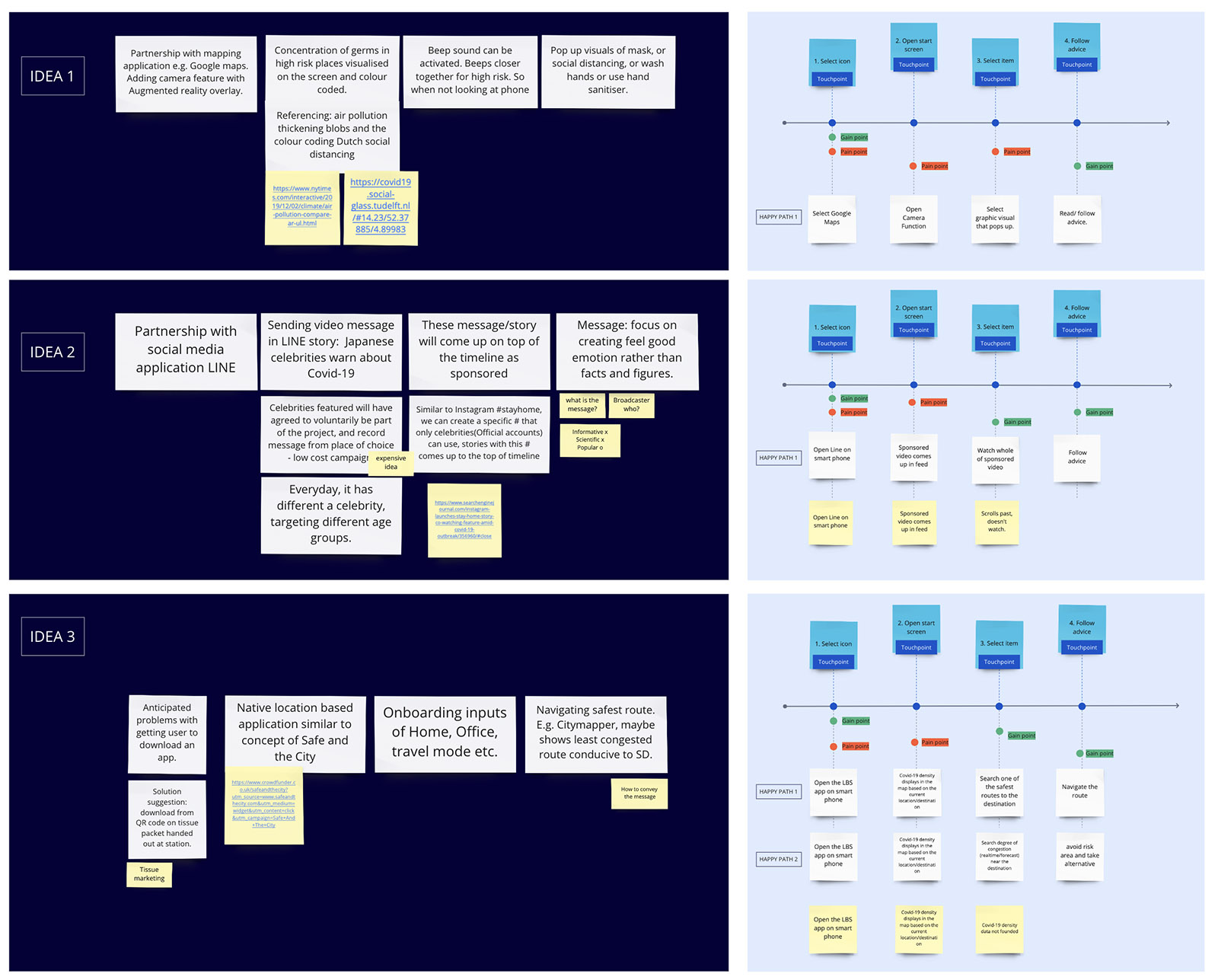
As people subconsciously touch things, it is very hard to suddenly change the way they behave. Thus, we notify people about what they should be careful about throughout the day to avoid as many chances of being infected as possible through LINE. LINE is by far the most popular messaging application in Japan, downloaded by almost 80% of the population. Therefore, people do not need to download an extra application on their phones and we could reach as many people as there are LINE users. On top of that, we could expect that people see our warning notifications as people check LINE daily.
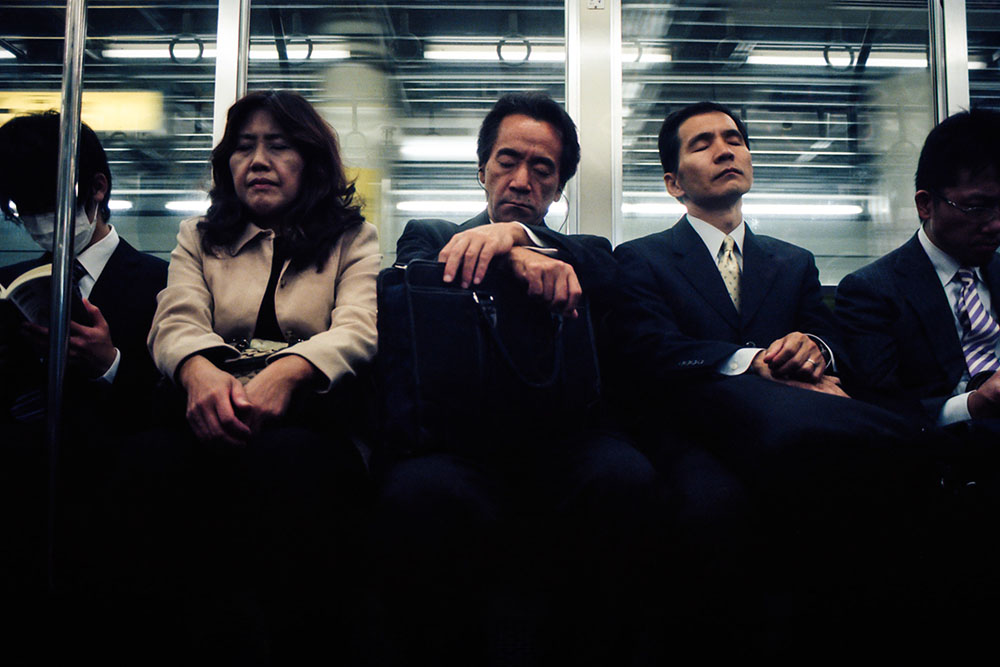
Long Hours and Unpaid Overtime
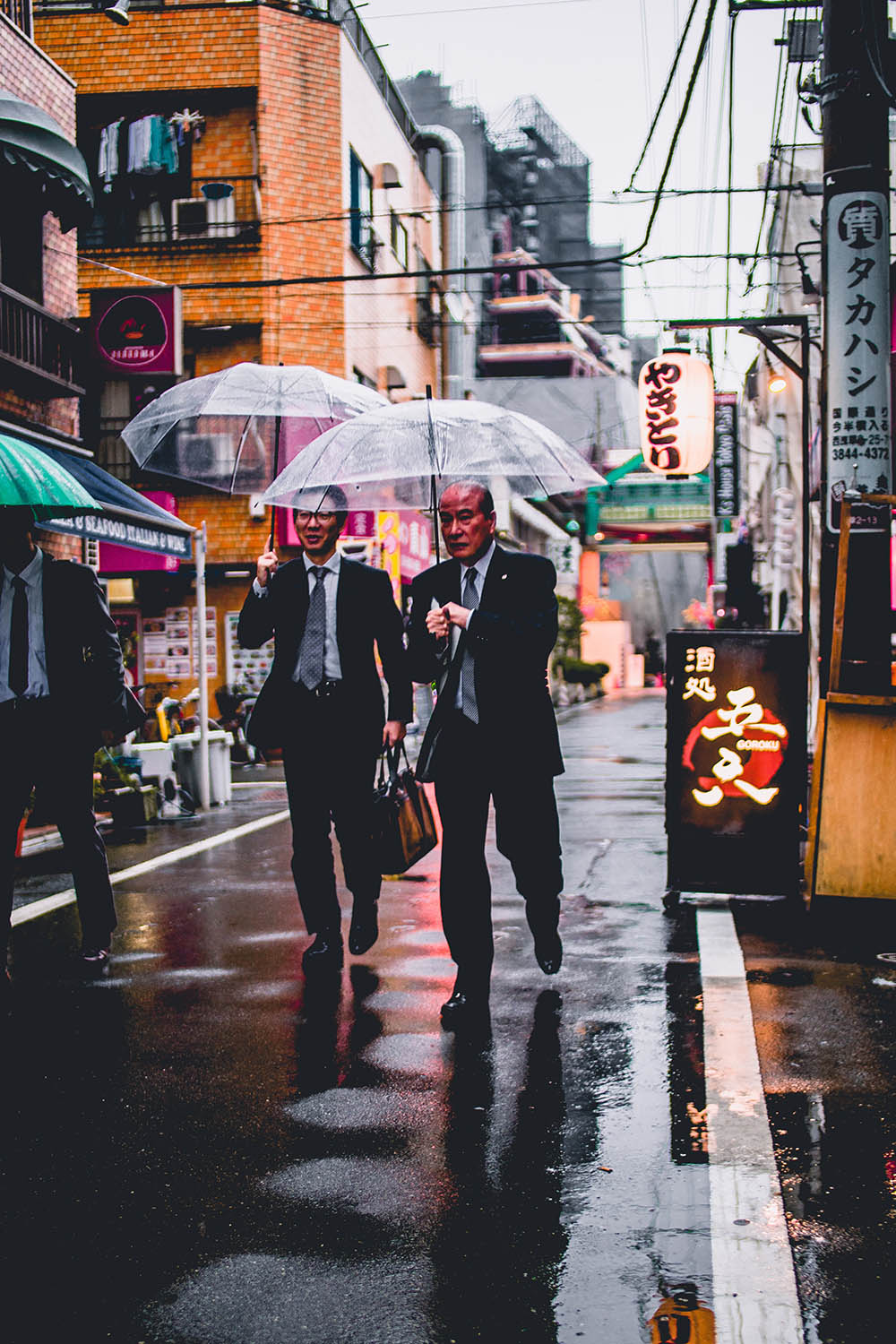
Drink and eat with colleagues after work

stamp, business card etc.
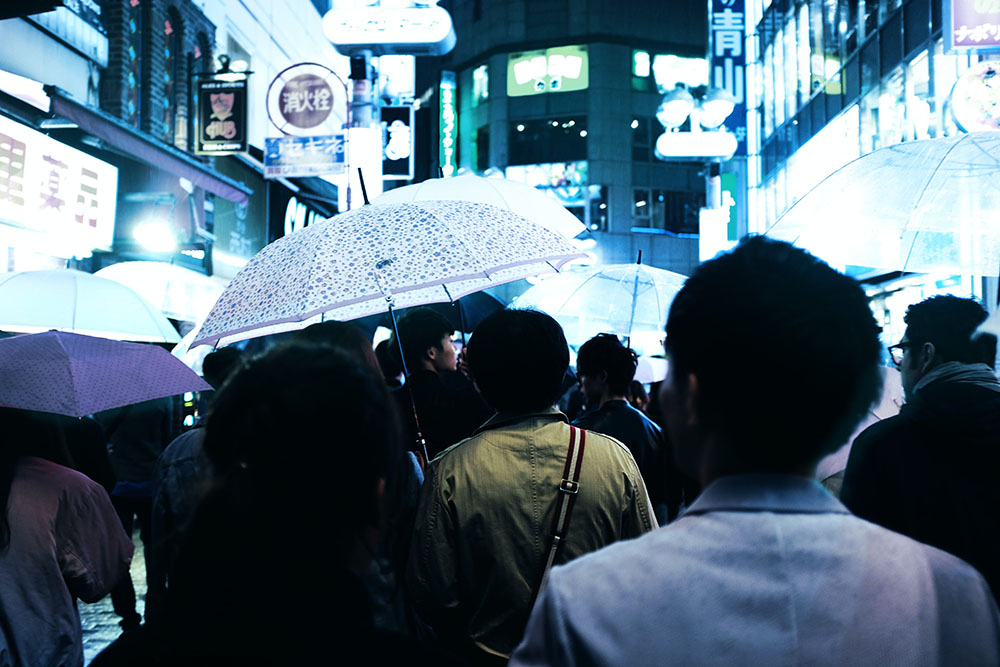
Downloads of Japan's coronavirus contact-tracing app have slowed

2 hours a day in Tokyo